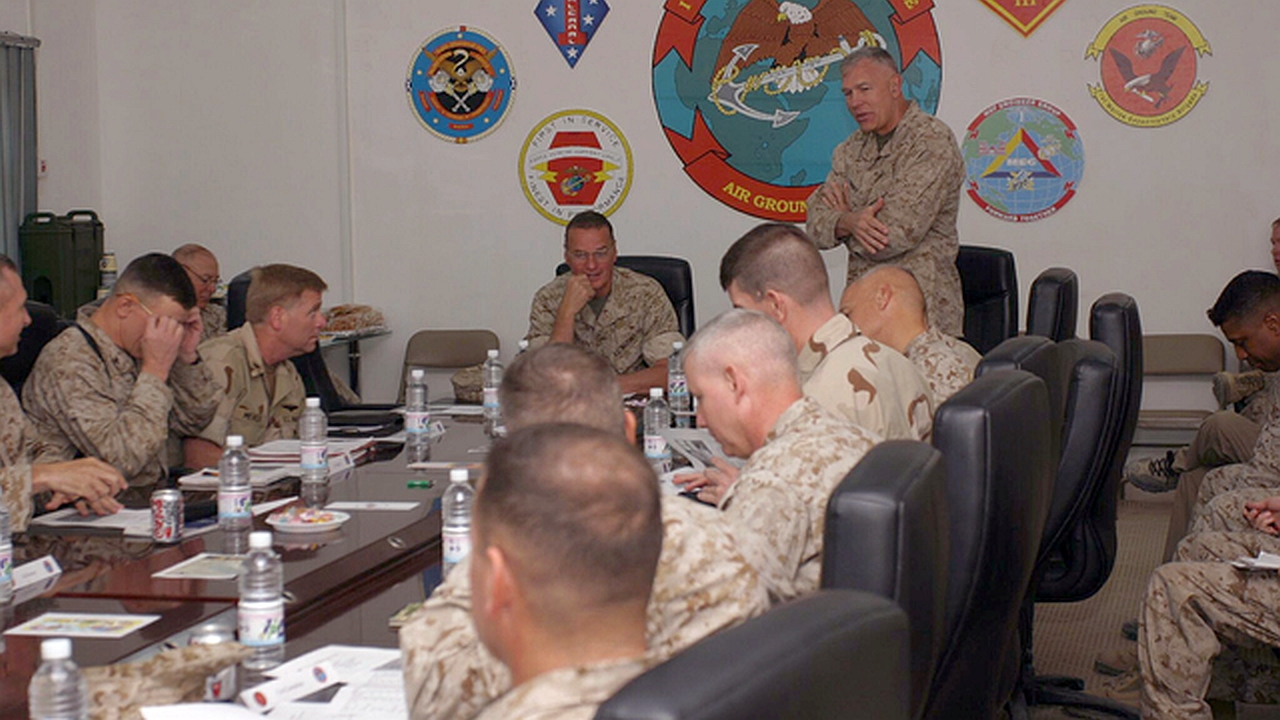
Organization Management Rhythm (part 4.1): Change management – Operating procedures
This article is part 4.1 of a series of articles on Organization Management Rhythm.
The main goal is to track and manage the Organization Management Rhythm effectively in order to provide shared knowledge and understanding in support of the senior leader’s decision cycle.
Staff – the individual (or directorate) requesting a change to the Organization Management Rhythm. As the end users of the Organization Management Rhythm, the staff are also responsible for executing the approved Organization Management Rhythm and any associated modifications.
Organization Management Rhythm Manager (OMRM) – responsible for reviewing submitted Organization Management Rhythm change requests, assessing validity of the request based on existing Organization Management Rhythm events, determining impact of request on current Organization Management Rhythm, developing an Organization Management Rhythm change course of action (COA), briefing the proposed COA to the Chief of Information Operations (CIO), staff, and updating Organization Management Rhythm management products.
Chief of Information Operations (CIO) – As the key integrator of the staff, the CIO is overall responsible for coordinating and maintaining the Organization Management Rhythm. The CIO will approve all proposed modifications to the Organization Management Rhythm and direct the staff to implement said modifications.
Process Flow Diagram – The process flow diagram visually depicts the Organization Rhythm Change Management (ORCM) process including interactions among key stakeholders. Each stakeholder has a specific swim lane in which activity nodes are assigned. Each activity node is marked with a label to map that node to its corresponding description noted in this document.
* S nodes – Staff
* M nodes – Organization Management Rhythm Manager (OMRM)
* C nodes – Chief of Information Operations (CIO)
Stakeholder Roles and Actions – The workflow and roles of the key stakeholders in the ORCM process are described in the next article, with nodes referenced to the process flow diagram.
Next part (part 4.2): Change management – Workflow and staff.
Acknowledgements: Thank you to Tomi Antill, Keith Davis, Elise Keith from Lucid Meetings, JFHQ-C Leadership, and Kendra Albright from Kent State University, without whose support this series would not have been possible.
Header image source: U.S. National Archives, Public Domain.






